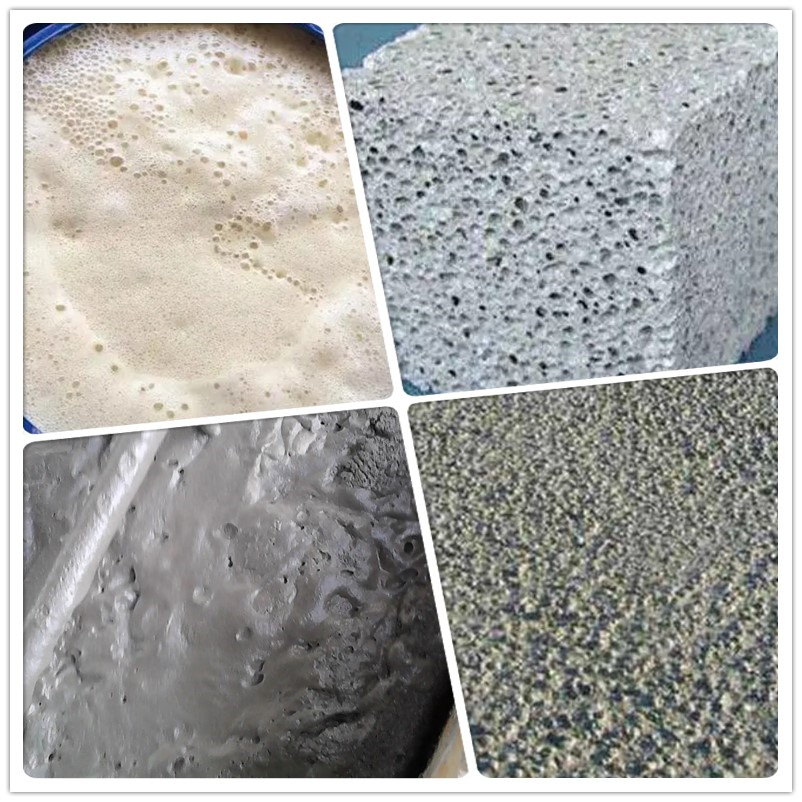Brief Introduction of Foam Stabilizer for Foam Concrete

Key words
Foam stabilizer, foam concrete, HPMC, HEMC, Stearic acid, sodium lauryl sulfonate
Foam stabilizer refers to an admixture that can increase the stability of foam in foam concrete, prolong the life of foam, and facilitate the retention time of foam.
Foam stabilizers have the following functions in foam concrete:
Increase the viscosity of the foaming system and improve the mechanical strength of the liquid film;
Improve the elasticity of foam liquid film and reduce the damage rate by external force;
Increase the self-healing ability of the liquid film and reduce the probability of rupture;
Make the bubbles more fine and uniform.
The function of foam stabilizer is to stabilize the foam effect. The most effective foam stabilizer with low cost is protein, followed by polymer compound, and finally surfactant.
There are two ways to add the foam stabilizer. One is to directly add the foam stabilizer to the cement slurry when it is mixed with foam, and the amount is relatively large. After adding, in addition to increasing the bubble stability, it can also stabilize the slurry and prevent the sinking of solid particles and the layering of the slurry. The other is to add the foam stabilizer to the foaming agent and become a part of the foaming agent. This kind of foam stabilizer is generally added in a small amount to increase viscosity and stabilize foam.
Types of foam stabilizers
Stearic acid, sodium lauryl sulfonate, Span 80, hydroxypropyl methylcellulose ether HPMC, hydroxyethyl methylcellulose ether HEMC, etc.






